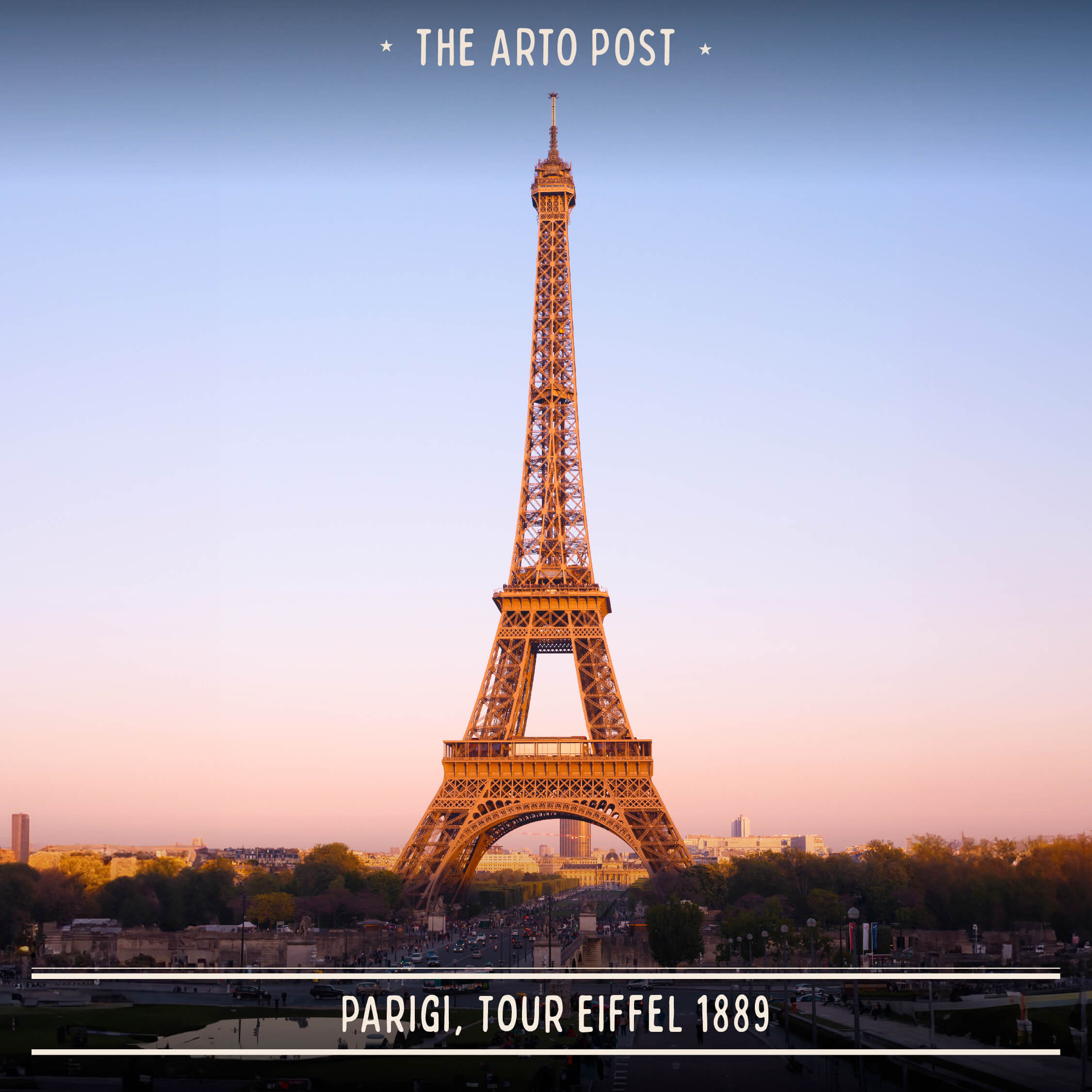The Eiffel Tower

“I left Paris, or rather France, because the Eiffel Tower was beginning to get on my nerves.” Guy de Maupassant.
The Eiffel Tower, the iron giant built in Paris between 1887 and 1889, caused some disappointment among Parisians of the time: forty-seven artists signed a petition to protest against the construction of the tower, which they considered useless and monstrous. Guy de Maupassant called it an “ungainly skeleton”.
Perhaps he didn’t know that its designer was inspired by the human skeleton: the engineer Maurice Koechlin, an employee of Gustave Eiffel, studied the design of a crane by the German Carl Culmann.
He, too, was faced with the same problem and only found the solution when he saw the position of the femur in a human skeleton in an anatomy room. In fact, the femur protrudes from the spine and allows for excellent weight distribution. Culmann imitated the distribution of the bone fibers of the femur, as did Koechlin.
The structure is huge (7300 tons and 320 meters high) but extremely light. Today, the monument has also become a symbol of the greening of the city: in addition to the positioning of solar panels, two wind turbines have been installed at a height of 122 meters to provide energy for the activities on the first floor. It attracts 7 million visitors every year and still evokes different emotions.
This and other interesting facts can be found in the Art and Science album.
Explore the Art and Science album!